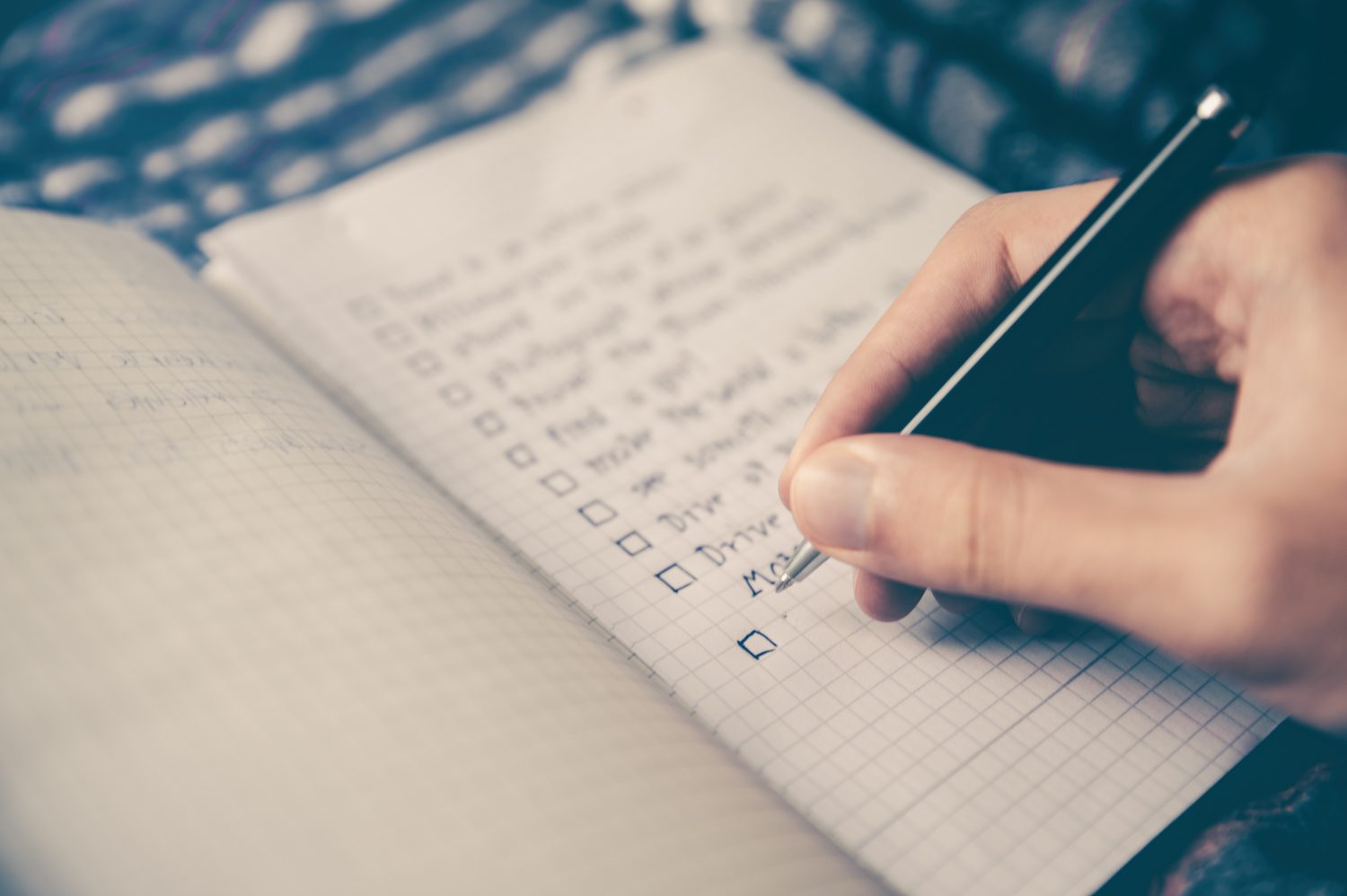“Meetings are the linchpin of everything.”
—Patrick Lencioni,
author of The Five Dysfunctions of a Team and Death by Meeting
Leading a meeting is no small task. Once you figure out what conversations really need to happen, plan for them, and set up for success, (if you haven’t yet, go check out the first post in this series), it’s time to actually hold the meeting.
Here are three key items to keep your focus on during the meeting so that you can make sure it’s a success!

Stay On Track
This first item is deceptively simple. It may seem as easy as just following the agenda you created. But the problem is that you can’t plan out what other people are going to say.
As the conversation is flowing, your job is direct your team toward the topics that are important and move past those that aren’t. And that’s the hard work: deciding what’s important to this discussion and what should be saved for another meeting.
Throughout the meeting, keep coming back to the question in your mind, “What is it time for?” It will help you stay on track and focus on topics or issues that can be dealt with in the current meeting.
Here are a few things to consider to help you answer that question:
- Is this related to the subject matter?
- How much time is left?
- Have we accomplished the objective?
- Are people repeating what has already been said?
- What is missing?
When you feel it’s time for the conversation to move on, summarize the insights and redirect towards accomplishing another objective on your agenda.
This lets everyone know that you value their input and that you are also focused on reaching the common goals that your group shares.

State Action Items
Creating a simple action item can be an effective tool for refocusing the group and getting your meeting objectives accomplished.
Action items are another way to show the members of your group that you took something valuable from what they said. You will use their thoughts and ideas to take care of the topic you were discussing.
Be as specific as possible with your action items. Having a concrete plan to take action on something will provide a resolution and make it clear that you can move the discussion away from that topic. State the action items during the meeting to ensure everyone knows the plan for what will happen next.
Then you can turn your attention to the next item on the agenda.

Take Good Notes
As smart as you are, it’s impossible to remember everything that was said during a meeting. It’s important to take notes as the discussion progresses so you can keep track of things like action items, next steps, decisions, changes that need to be made, etc.
I like to take notes on a copy of my meeting agenda. That helps me keep everything organized. Under each bullet point, I write any important points that were covered or any decisions that were made. Other people have methods that work well for them. Find a method that works for you.
Having a set of written (or typed) notes will also help you in the next stage of your meeting: tying everything together. So be sure to read my next post on how to make sure your meeting finishes strong.

Jessica Hartung
Jessica Hartung is a partner, coach, and guide for those leveling-up their personal professional leadership, their teams, and their communities to a better future.
Jessica has a passion for inspiring and preparing people to grow from their work to improve their lives. In 1998, she founded Integrated Work, a consulting firm that brings top-notch professional development to mission-driven leaders, while being a learning laboratory for innovative work practices.
Jessica provides self-directed professional development tools to leaders at all levels striving to create positive impact.



